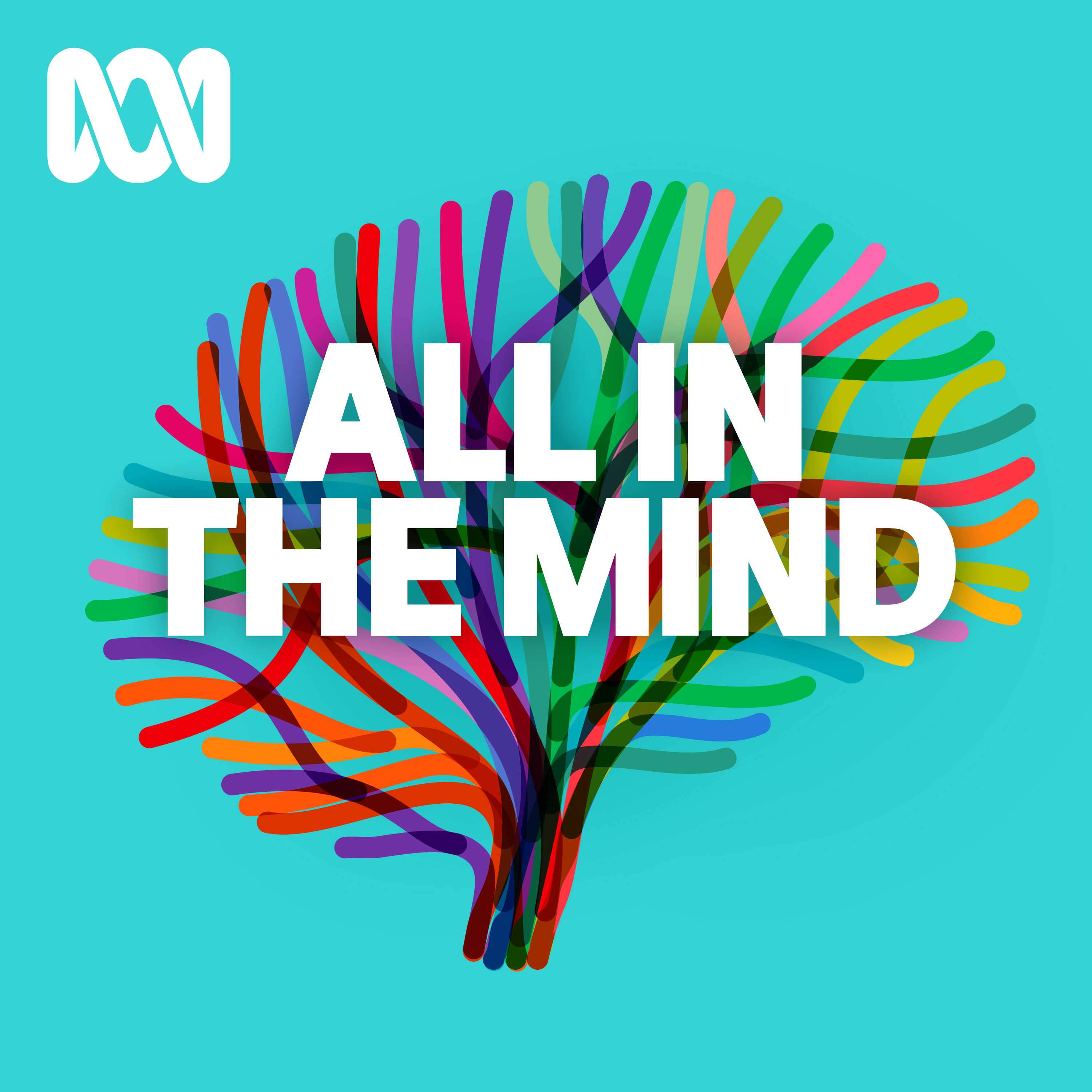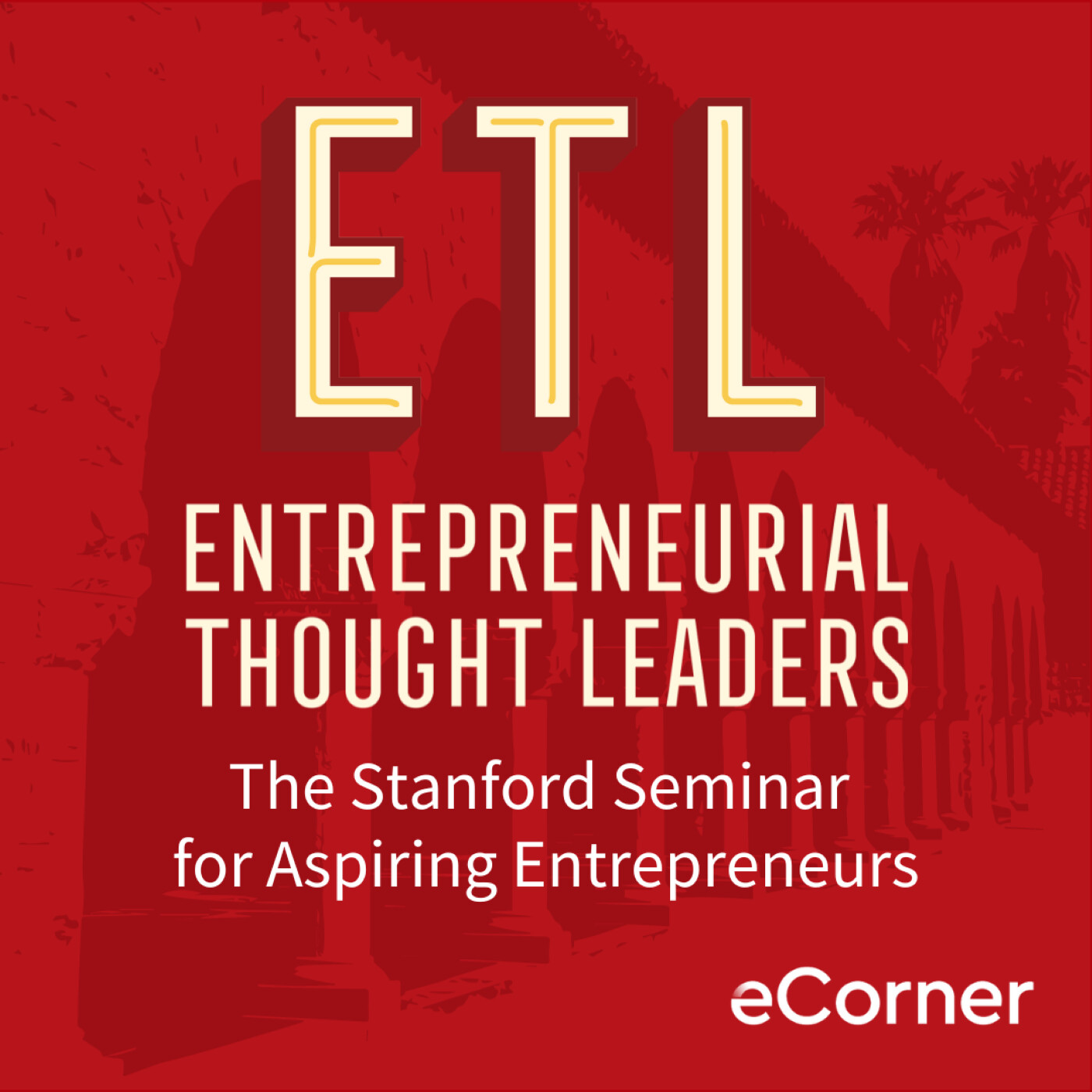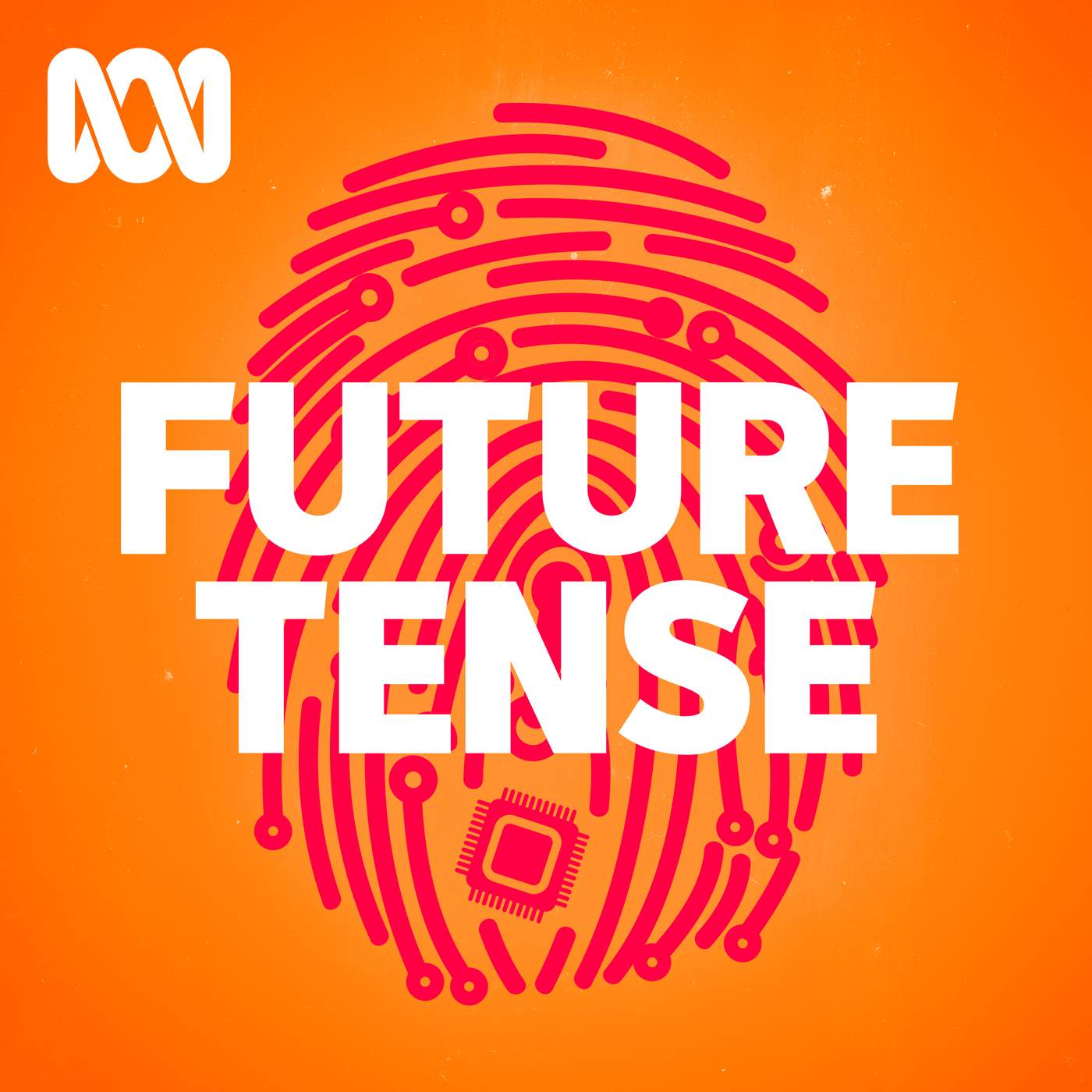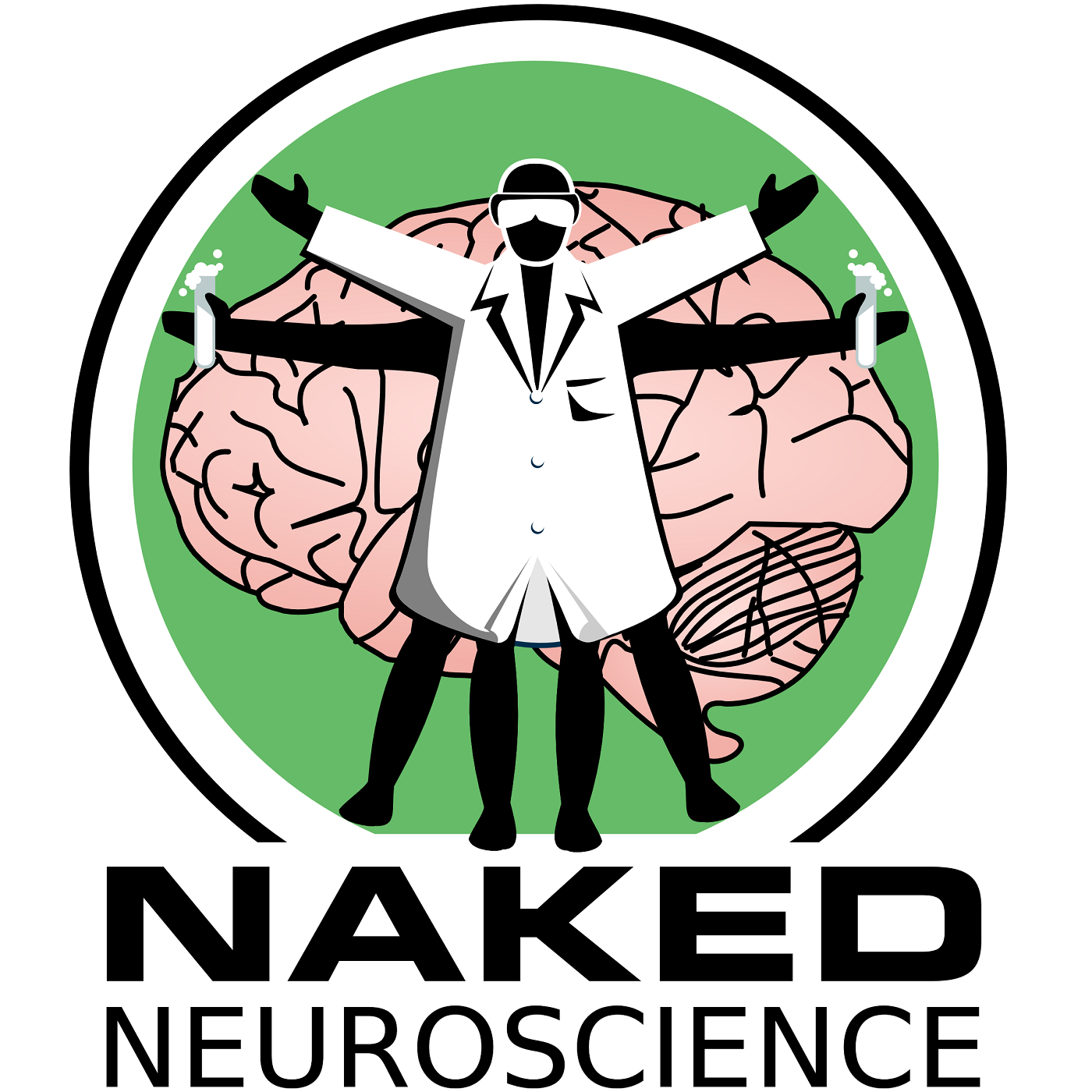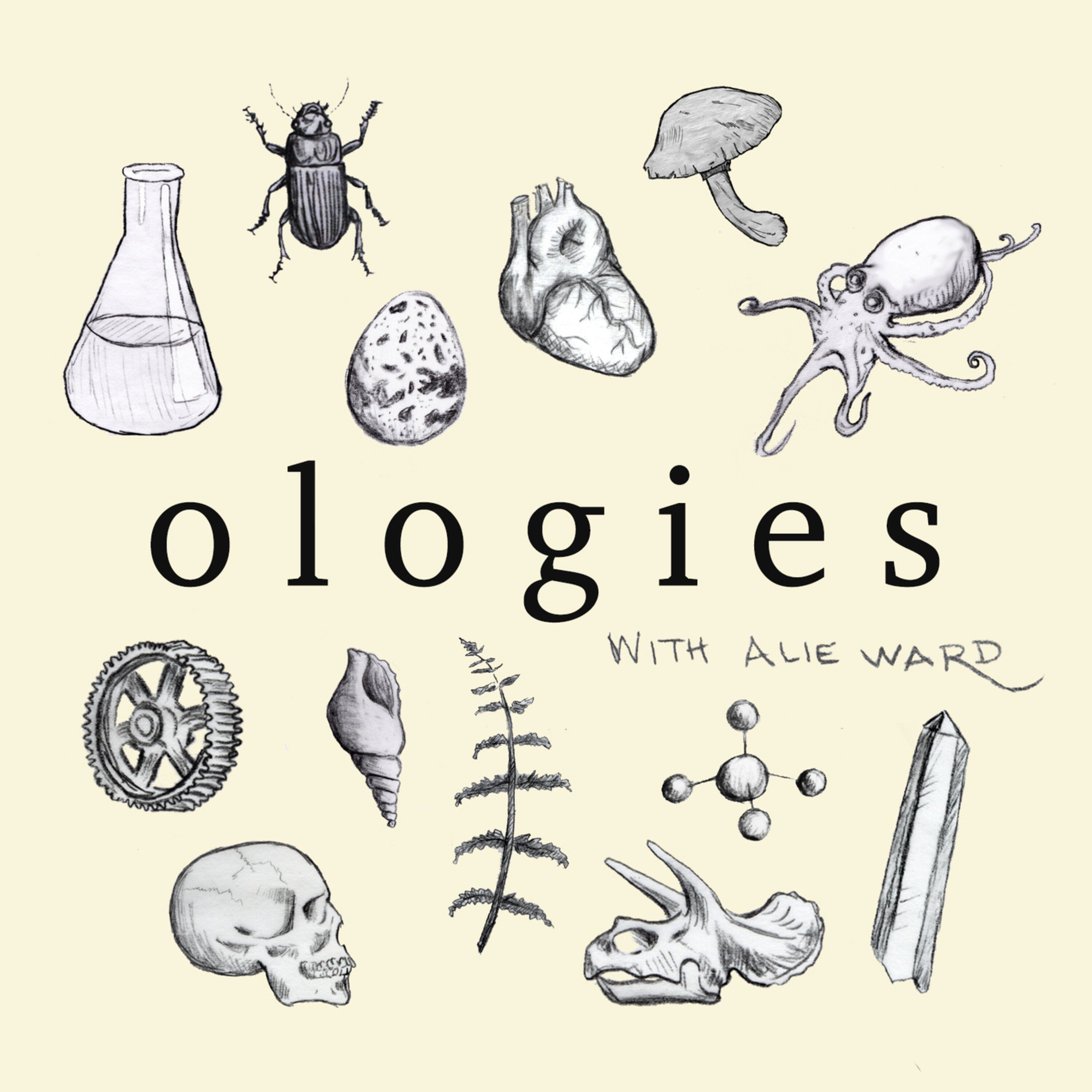
Heliox: Where Evidence Meets Empathy
Join our hosts as they break down complex data into understandable insights, providing you with the knowledge to navigate our rapidly changing world. Tune in for a thoughtful, evidence-based discussion that bridges expert analysis with real-world implications, an SCZoomers Podcast
Independent, moderated, timely, deep, gentle, clinical, global, and community conversations about things that matter. Breathe Easy, we go deep and lightly surface the big ideas.
Curated, independent, moderated, timely, deep, gentle, evidenced-based, clinical & community information regarding COVID-19. Since 2017, it has focused on Covid since Feb 2020, with Multiple Stores per day, hence a sizeable searchable base of stories to date. More than 4000 stories on COVID-19 alone. Hundreds of stories on Climate Change.
Zoomers of the Sunshine Coast is a news organization with the advantages of deeply rooted connections within our local community, combined with a provincial, national and global following and exposure. In written form, audio, and video, we provide evidence-based and referenced stories interspersed with curated commentary, satire and humour. We reference where our stories come from and who wrote, published, and even inspired them. Using a social media platform means we have a much higher degree of interaction with our readers than conventional media and provides a significant amplification effect, positively. We expect the same courtesy of other media referencing our stories.
Heliox: Where Evidence Meets Empathy
JanusFlow by DeepSeek: The Future of Visual Intelligence
When we talk about AI breakthroughs, most people think of chatbots or text generators. But something far more revolutionary just happened, and hardly anyone noticed. It's called JanusFlow, and it's about to change everything we thought we knew about artificial intelligence.
Here's the thing about AI that most people don't get: until now, we've been dealing with specialized tools. Want to analyze an image? You need one type of AI. Want to generate an image? That's a completely different system. It's like having separate specialists for reading and writing – useful, but inherently limited.
JanusFlow just blew that paradigm apart.
Step into the fascinating world of AI innovation as we explore JanusFlow, a groundbreaking unified multimodal model that's revolutionizing how artificial intelligence understands and creates images. Our in-depth discussion unravels how this remarkable system uses dual visual encoders and advanced language processing to both comprehend and generate visual content with unprecedented accuracy. From its innovative architecture to real-world applications in fields like architecture, medicine, and creative arts, we examine how JanusFlow represents a significant leap forward in AI capabilities. The episode also tackles important questions about responsible AI development, addressing potential biases and ethical considerations. Whether you're an AI enthusiast, technology professional, or simply curious about the future of visual AI, this episode offers valuable insights into how JanusFlow is pushing the boundaries of what's possible in artificial intelligence. Join us for a compelling exploration of this transfor
This is Heliox: Where Evidence Meets Empathy
Independent, moderated, timely, deep, gentle, clinical, global, and community conversations about things that matter. Breathe Easy, we go deep and lightly surface the big ideas.
Thanks for listening today!
Four recurring narratives underlie every episode: boundary dissolution, adaptive complexity, embodied knowledge, and quantum-like uncertainty. These aren’t just philosophical musings but frameworks for understanding our modern world.
We hope you continue exploring our other podcasts, responding to the content, and checking out our related articles on the Heliox Podcast on Substack.
About SCZoomers:
https://www.facebook.com/groups/1632045180447285
https://x.com/SCZoomers
https://mstdn.ca/@SCZoomers
https://bsky.app/profile/safety.bsky.app
Spoken word, short and sweet, with rhythm and a catchy beat.
http://tinyurl.com/stonefolksongs
Curated, independent, moderated, timely, deep, gentle, evidenced-based, clinical & community information regarding COVID-19. Since 2017, it has focused on Covid since Feb 2020, with Multiple Stores per day, hence a large searchable base of stories to date. More than 4000 stories on COVID-19 alone. Hundreds of stories on Climate Change.
Zoomers of the Sunshine Coast is a news organization with the advantages of deeply rooted connections within our local community, combined with a provincial, national and global following and exposure. In written form, audio, and video, we provide evidence-based and referenced stories interspersed with curated commentary, satire and humour. We reference where our stories come from and who wrote, published, and even inspired them. Using a social media platform means we have a much higher degree of interaction with our readers than conventional media and provides a significant amplification effect, positively. We expect the same courtesy of other media referencing our stories.
All right, everybody, get ready because today we're going to take a deep dive into AI. But this isn't just any AI, you know, like a small little algorithm update. We're talking about something big here. Yeah, this is huge. Janusflow. Janusflow. So what is it that makes Janusflow so special? Well, Janusflow is unique because it's a single model that can handle both image understanding and degeneration. So wait, hold on. It's one AI. They can look at a photo and be like, oh, there's a cat. There's a dog they're playing. Yes, exactly. But then also be like, okay, write me a poem about a cat and a dog playing and then turn that into an image. Exactly. That's exactly it. And this is a massive step forward from how we used to do things. You know, AI models in the past were always very specialized. Yeah, like you had your image understanding AI over here and then your completely separate image generation AI over there. Exactly. Never the two shall meet. And this is really exciting because it has so much potential. So where did you first hear about Janusflow? So I found out about Janusflow through an academic paper. Oh, very cool. Yeah, it's a really, really interesting paper. What's it called? It's called Janusflow, a unified multimodal model. Catchy. Yeah. And when was it published? It was published on November 12, 2024. So fairly recent. Yeah, very recent. Okay. So unified multimodal model like that. But for anyone listening who maybe isn't super deep in the AI world, can we break down those two tasks a little bit? Sure. Image understanding and image generation. What do those actually mean? Let's start with image understanding. Okay. Imagine you show a picture to someone. Okay. And they can tell you what's in the picture. Right. You know, they can point out the objects like, oh, there's a dog, there's a tree. And they can maybe tell you what's happening in the picture. Yeah. Like, oh, the dog is running. Yeah. And they can maybe even understand the emotions that are being conveyed. Right. Like the dog is happy. Exactly. Or the dog is scared. Exactly. So that's basically image understanding. Okay. It's like the AI is seeing the world and understanding it. Okay. So the AI is seeing the world and understanding it. Yeah, just like we do. Okay, cool. And then on the other hand, you have image generation. Okay. And so this is where you give the AI some instructions. Okay. You know, like a text description. Yeah. And it creates an image based on those instructions. So like all those cool tools online where you type in, you know, a cat wearing a hat riding a unicorn. Exactly. And then boom. And then spits out a picture. Yeah. That's image generation. Awesome. So with JaniceFlow, you have one model that can do both. Okay. So I've got one model that can understand what it sees A and D, create new images based on what you tell it. Right. That's pretty wild. It's pretty amazing. But how does it actually work? Yeah. So there are a couple of key components here. Okay. So first you have the large language model. Of the LLM? The LLM. Yeah. The famous LLM. Which you probably heard a lot about. Yes. Everyone's talking about LLMs these days. Yeah, they're everywhere now. So what's an LLM doing in JaniceFlow? Well, think of it as the brain of the system. Okay. It's the part that understands language and can generate language. So it can read and write. Exactly. And these LLMs are trained on massive amounts of text data. So like all the books and articles and websites out there? So pretty much, yeah. Wild. And that's what makes them so good at understanding and generating language. Okay. So the LLM is like the conductor of the orchestra. Yeah. That's a great analogy. But a conductor needs musicians, right? Exactly. And in this case, the musicians are the visual encoders. Oh, the visual encoders. So if the LLM is the brain, are the visual encoders like the eyes? You got it. Okay. But here's where things get interesting. Okay. JaniceFlow actually has TWV visual encoders. Phew. Yeah. Why two? Well, other models have tried using one encoder for both image understanding and the image generation. Okay. But they run into problems. What kind of problems? Well, imagine trying to read a book and write an email at the same time. Oh, my brain would explode. Exactly. Too much multitasking. It's too much for one system to handle. Okay. So JaniceFlow has one encoder that's dedicated to understanding what it sees. Okay. And a separate encoder that's dedicated to creating new images. Ah, so it's like having two specialized teams. Right. One for reading and one for writing. Exactly. And that separation allows JaniceFlow to be much more efficient and effective. So that's how it avoids getting its wires crossed. Exactly. Very cool. And then there's another key ingredient that makes JaniceFlow so special. Ooh, what's that? It's called rectified flow. Rectified flow? Yeah. It's a bit of a mouthful. Yeah, it is. But it's essentially a new way of generating images. Okay. How is it different from the old way? So traditionally, AI models would build images pixel by pixel. Okay. Kind of like putting together a puzzle. Yeah. But with rectified flow, it's more like smoothly transforming noise into the desired image. Transforming noise. Yeah. So imagine you start with a blob of digital clay. Okay. And then you gradually mold it into a masterpiece. Like a sculpt. Exactly. Oh, I like that. And the LLM is like the sculptor's hands. Okay. It guides the flow of that digital clay based on the text instructions it's given. That's amazing. Yeah. And this results in not just efficient generation, but also incredibly high quality images. So it's faster, A and D better. Yeah. It's a win-win. I like win-win. Yeah. So we've got this two-headed AI with a brain for language and eyes for images. And it's all working together to understand and create. Exactly. I'm loving this, but why should anyone listening care? Oh, there are so many reasons to care about this. Okay. Hit me with your best shot. Okay. So imagine being able to search your entire photo library. Okay. Not just by keywords, but by complex descriptions. Okay. Give me an example. Like you could say,"Find photos where I'm happy near a body of water at sunset." Whoa. And it would actually understand what you mean. And find those photos. And find those photos. That's way more powerful than just tagging things with beach or sunset. Right. It's like the AI actually understands the content and the emotions within your images. So it's not just looking at pixels. It's like actually seeing the photo. Exactly. That's mind-blowing. It is pretty mind-blowing. Okay. What else? Or imagine creating a custom children's book illustration. Oh, God. Just by describing the scene to your computer. Like, "Hey, computer. I need a cute little bunny rabbit wearing a red scarf, hopping through a field of wildflowers." Exactly. And boom, you have a beautiful illustration. I am sold. Yeah. It's pretty amazing. And those are just a couple of examples, right? Yeah. Just scratching the surface. This could revolutionize everything. Oh, absolutely. From how we search for images, to how we create content, and who knows what other crazy applications we haven't even thought of yet. Yeah. There's so much potential here. I'm getting really excited just thinking about it. Me too. And I hear Janice Flow is already blowing the competition out of the water. Yeah. The results are really impressive. Okay. So let's talk about those mind-blowing results. Okay. So the researchers behind Janice Flow put it through a battery of tests. Okay. And one of the benchmarks they used was called Genevol. Genevol. Yeah. What is that? Genevol is a benchmark that assesses how well a model understands and generates images based on complex prompts. So it's like a test of both its artistic ability and its comprehension skills. Exactly. Like it can't just spit out a pretty picture. No. It has to actually understand what it's being asked to create. And capture the nuances. Yeah. And the intent behind the instructions. Exactly. Okay. So how did Janice Flow do on this Genevol thing? It did incredibly well. Like really well? Like blew the competition out of the water well. Wow. Okay. Color me impressed. Yeah. It's very impressive. So it's not just a cool idea in theory. No. It actually worked. It actually works and it works really well. All right. So what other benchmarks did they use? So another one they used was DPGBench. DPGBench. Yeah. And this one focuses more on generating images that accurately depict objects, attributes, and relationships. So like if you said, "I want a picture of a cat sitting on a red mat with a ball of yarn next to it." Exactly. It has to get all those details right. Exactly. And Janice Flow, again, exceeded expectations in both quality and semantic understanding. So it's not just about creating a pretty picture. It's about creating a picture that actually makes sense. Exactly. Wow. And what's really remarkable is that Janice Flow achieved these results with a relatively compact LLM size. Okay. Back up a second. Yeah. You're telling me that this AI that's crushing these benchmarks- Yeah. ... is actually using a smaller brain than some of the other models out there? Yes. Exactly. How is that even possible? Well, it's a testament to the efficiency of the design. So it's like they've managed to pack a lot of power into a small package. Exactly. That's pretty impressive. It's very impressive. So they measured this using a metric called, what was it? MGHQFID30K. MGHQFID30K. Yeah. All right. I'm going to be honest with you. That sounds gibberish to me. Yeah, I understand. But I'm sure it means something to the AI experts out there. It does. It's a way of measuring how close the generated images are to real high-quality photos. So basically how realistic they look. Exactly. And Janice Flow scored really high on this. It did. Meaning it's producing images that are more realistic than other models, even those with bigger LLMs. Exactly. And it's doing so using fewer resources. So it's faster, leaner, and produces better results. Yeah. It's a pretty remarkable achievement. I'm speechless. Yeah. It's pretty incredible. Okay. So how did they manage to pull this off? Well, a big part of its success comes down to those two separate visual encoders. Ah, so that was a smart move. Yeah. It was a really clever design choice. To have one encoder for understanding. Yeah. And one for generation. Exactly. And they actually did an experiment to prove this right. They did. They compared Janice Flow's performance to models that use a single encoder for both tasks. Oh. And the results showed a clear advantage for Janice Flow. Okay. So it's not just a theory. Nope. It's actually proven to work better in practice. It's proven. Awesome. Yeah. It's really exciting. So those two encoders, they're really making a difference. They're key. Okay. But you mentioned something else earlier. Yeah. Something about representation alignment. Oh, yes. What was that all about? So representation alignment is all about making sure that the LLM. Okay. The brain of the system. Yeah. Is on the same page as the visual encoder that's dedicated to image understanding. So it's like making sure that the brain and the eyes are seeing the world in the same way. Exactly. Okay. I get it. And the paper shows that aligning these representations led to a significant boost in the quality of images generated. Oh, wow. Yeah. Especially when it came to handling those unique and imaginative prompts. So if a model has a clear and unified understanding of what it's seeing A&D, what it's being asked to create, it's more likely to produce images that are both beautiful A&D relevant. Exactly. That's fascinating. It's pretty cool. And you said this concept of representation alignment could have implications beyond just image generation. It could. Yeah. So it's like this breakthrough isn't just about JanusFlow itself. Right. It's also about inspiring new ideas and techniques that could push the boundaries of AI even further. Exactly. And that's what makes this research so exciting. This is blowing my mind. It's pretty mind-blowing. Okay. So we've talked about the benchmarks. Yeah. We've talked about the technical details. But I have to know. Yeah. Did they actually create any cool visuals with JanusFlow? Oh, they did. Okay. Tell me more. They have a whole section in the paper dedicated to qualitative examples. So they actually show us what this thing can do. They do. Awesome. Yeah. And it's really the fun part of the paper. I bet. They gave JanusFlow all sorts of interesting prompts. Like what? Everything from detailed descriptions of scenes. Okay. To abstract concepts. Cool. To different artistic styles. Ooh. I'm picturing like a photorealistic image next to an impressionist painting next to a cubist masterpiece. Exactly. It's really amazing to see. You have to share some of these prompts with us. I will. I'm dying to know what kind of wild stuff they came up with. Okay. So one that really stood out to me was a lone figure in dark robes ascends worn stone steps towards a glowing light in an ancient temple entrance. Oh. That's good. And the resulting image is incredible. Like what does it look like? It's so detailed and it evokes a real sense of mystery and wonder. I'm picturing something straight out of an Indiana Jones movie. Yeah. It has that vibe. Very cool. Okay. What else? Another one that I thought was really interesting was a handsome 24-year-old boy in the middle with a sky color background wearing eyeglasses. It's super detailed with anime style. Whoa. That's very specific. It is very specific. Would it deliver? It absolutely did. Wow. The image is strikingly realistic and it perfectly captures that anime art style. That is so cool. It's amazing. So you're telling me that we can now generate images with this level of detail and artistic flair just by describing what we want to see? That's the power of Janice Flo. It's like having an AI art genie at our fingertips. It really is. This is incredible. And these are just a couple of examples from the paper. Yeah. Imagine the possibilities when artists, designers, and creators of all kinds get their hands on this technology. It's mind-boggling. It is. It's like we're stepping into a world where our creative visions are only limited by our imagination. Exactly. I love that. It's pretty exciting. But obviously this technology could have a huge impact beyond just art. Oh, absolutely. So where else could this be a game changer? Well, think about fields like architecture. Oh, yeah. Engineering medicine. Okay. Anywhere where visualization is crucial. Imagine architects designing buildings in a truly immersive 3D environment. Whoa. Or doctors using AI-generated images to plan complex surgeries with incredible precision. Okay. My mind is officially blown. It's pretty amazing. This is some serious next-level stuff. It is. But I have to ask, like, with any powerful technology, there are potential downsides too, right? Of course. We've already seen how AI can be misused. So did the researchers address any of these concerns in their paper? They did touch on some of the potential challenges. Okay. So what did they say? Well, one area they highlighted was the need for responsible development and deployment of these models. Okay. So what does that mean in practice? It means that we need to be very careful about how we use this technology. Yeah. And we need to make sure that it's being used for good. So we can't just throw caution to the wind and be like, "Woo-hoo! AI can do anything." No. We need to be thoughtful and deliberate in our approach. And they specifically mentioned something about bias, right? Yes. They emphasized the importance of addressing potential biases that could arise during the training process. Oh, that makes sense. Yeah. If the data used to train these models contains biases, then the AI itself could end up perpetuating those biases in the images it creates. So it's like if you feed the AI a bunch of images of doctors, and they all happen to be men, then the AI might start to think that all doctors are men. Exactly. And that could lead to all sorts of problems. Yeah. That's not good. So we need to make sure that the training data is diverse and representative. So it's all about feeding the AI a balanced diet of information, so to speak. Exactly. Okay. So that's how we can try to prevent bias from creeping in during the training process. Right. But what about after the model is trained? Yeah. How do we prevent misuse in the real world? That's a really important question. And it's one that researchers and policymakers are still trying to figure out. So there's no easy answer. No easy answers, but there are a few things that could help. Like what? Well, for one thing, transparency is crucial. Okay. Developers need to be open about the limitations of these models. Yeah. And they need to clearly communicate the potential risks. So it's not just about creating amazing technology. It's also about educating users and setting realistic expectations. Exactly. Because these AI-generated images can be incredibly realistic. They can. It's easy to forget that they're not always a perfect representation of reality. So we need to encourage a healthy dose of skepticism and critical thinking, especially in this age of digital misinformation. Absolutely. We all need to be more discerning consumers of information. Especially when it comes to images. Yeah, because seeing is believing, right? Exactly. So transparency and user education are important. But are there any other safeguards being considered? Well, one area of active research is in developing robust methods for detecting and flagging potentially misleading content generated by these AI models. So it's like an arms race. It is. As the technology for creating synthetic images gets more sophisticated, so too does the technology for detecting them. Exactly. And it's a race we can't afford to lose. That sounds intense. It is. Right. But there are a lot of brilliant minds working on solutions. Okay. So what kind of solutions are we talking about? Well, there are things like watermarking techniques that could identify AI-generated images. So kind of like a digital fingerprint that proves an image was created by AI. Exactly. That's pretty clever. And it could help to combat misinformation. Yeah, that's a big one. But of course, as soon as we come up with a safeguard, someone's going to try to figure out a way to circumvent it. Right. So it's like this constant game of cat and mouse. It is. It feels like we're entering a complex and uncharted territory with this technology. We are. It's exciting. Yeah. But it definitely comes with a responsibility to use it wisely. Absolutely. We need to make sure that these advancements are used to benefit humanity. Yeah. Not to harm it. Exactly. And that's a message I hope everyone takes away from this conversation. And it turned out that having those dedicated encoders really did make a difference. Oh, so it's not just a hunch. No, it's not just a theory. It's actually proven to work better in practice. Interesting. So having those separate encoders lets JanusFlow focus its attention where it needs to be. Right. It's like, imagine trying to listen to this podcast and write a report at the same time. Oh, my brain would be fry. Exactly. It's too much for one system to handle. Yeah. Multitasking is overrated. So by giving each task its own dedicated encoder, JanusFlow can avoid that kind of interference and perform at a much higher level. So it's like having specialized teams for each job instead of one team trying to juggle everything? Precisely. And that specialization leads to better results. That makes a lot of sense. But you also mentioned something about representation alignment. Oh, yes. That's another key aspect of how JanusFlow works. What is that exactly? And why is it so important? Remember how we talked about the LLM being the brain of the system? Yeah. The one that understands language. Right. Well, representation alignment is all about making sure that the LLM's understanding of images is in sync with the visual encoder that's dedicated to image understanding. OK. So it's like making sure that the brain and the eyes are communicating effectively, seeing the world in the same way. Exactly. And the paper shows that aligning these representations led to a significant boost in the quality of the images that JanusFlow generated. Oh, wow. So it's not just about having the right components. It's also about making sure they're all working together harmoniously. Precisely. It's like a well-oiled machine where all the parts are perfectly calibrated. I like that analogy. So the model has this clear and unified understanding of what it's seeing. Yeah. And what it's being asked to create. All right. So it's more likely to produce images that are both visually stunning and actually make sense. Exactly. It's about achieving both aesthetic appeal and semantic coherence. OK. So JanusFlow is not just a breakthrough in itself. No, it's not. It's also inspiring new ideas and techniques that could push the boundaries of AI even further. And that's what makes this research so groundbreaking. This is so cool. But did they actually create any cool visuals with JanusFlow? Oh, they did. OK. I need details. I need to know what this thing can do. The paper has a whole section dedicated to qualitative examples. And it's honestly the most fun part of the paper. I bet. Tell me more. They gave JanusFlow all sorts of interesting prompts, from detailed descriptions of scenes to abstract concepts and different artistic styles. So it's like they were really trying to push the limits of what this thing can create. Exactly. They wanted to see what kind of creative magic JanusFlow could conjure up. I love it. So what kind of wild stuff did they come up with? Well, one that really stood out to me was a lone figure in dark robes ascends worn stone steps towards a glowing light in an ancient temple entrance. Ooh, that sounds epic. And the resulting image is incredible. It's so detailed. And it evokes this real sense of mystery and wonder. Like something straight out of an Indiana Jones movie. Yeah, exactly. That's amazing. OK, what else? Another one that caught my eye was a handsome 24-year-old boy in the middle with a sky-color background wearing eyeglasses. It's super detailed with anime style. OK, that's a very specific request. It is very specific, but JanusFlow delivered. Wow. The image is strikingly realistic, and it perfectly captures that distinctive anime art style. It's incredible to think that we can now generate images with this level of detail and artistic flair simply by describing what we want to see. It's like having an AI art genie at our fingertips. This is mind-blowing, but obviously this technology could have a huge impact beyond just art. Oh, absolutely. So where else could this be a game changer? Well, think about fields like architecture, engineering, medicine, anywhere where visualization is crucial. OK, I'm listening. Imagine architects designing buildings in a truly immersive 3D environment. Oh, that would be incredible. Or doctors using AI-generated images to plan complex surgeries with incredible precision. This technology has the potential to revolutionize so many industries. It really does. But like with any powerful technology, we have to consider the potential downsides as well. Of course. We've seen how AI can be misused. So did the researchers address any of these concerns in their paper? They did. They touched upon some potential challenges. And one area they highlighted was the need for ensuring the responsible development and deployment of these models. OK, so what does that mean in practice? Well, it means that we need to be very careful about how we use this technology and we need to make sure that it's being used for good. We can't just unleash it into the world without any safeguards. Exactly. We need to be thoughtful and deliberate in our approach. And they specifically mentioned something about bias, right? Oh, yeah, because if the data used to train these models contains biases, then the AI itself could end up perpetuating those biases. Exactly. And that could lead to all sorts of problems. Yeah, we definitely don't want that. So how do we prevent bias from creeping in during the training process? Well, one key strategy is to make sure that the training data is diverse and representative. So it's like creating a balanced and inclusive data set from the get-go. Exactly. The idea is to expose the AI to a wide range of perspectives and examples so it's less likely to develop or reinforce harmful stereotypes. That makes sense. So it's all about feeding the AI a balanced diet of information, so to speak. Precisely. But even with the best intentions, mistakes can happen. What about those unintentional biases that might slip through the cracks? That's where things get even more complex. And one approach is to actually build mechanisms into the models themselves that can help identify and flag potential biases. So it's like having a built-in ethics checker that can alert developers if the AI starts veering off course. That's a great way to put it. And it's an area of active research right now. It sounds like a really important area of research because even with those safeguards in place, there's still the human factor to consider people can be unpredictable. And I'm sure some will try to exploit this technology for malicious purposes. That's a challenge that researchers and policymakers are grappling with right now. There's no easy solution. But some ideas being explored include things like watermarking techniques that could identify AI-generated images, making it harder to pass them off as real. So it's like an ongoing battle where as the technology for creating synthetic images gets more sophisticated, the technology for detecting them has to keep pace. Exactly. It's an arms race, but one that we can't afford to lose. This all sounds so complex, and there are so many different factors to consider. It's a reminder that AI development isn't just about the technical aspects. It's also about the ethical implications and the potential impact on society. We need to make sure that we're using this technology responsibly and for the benefit of humanity. Absolutely. And that's a conversation that needs to involve everyone from researchers and developers to policymakers and the general public. This has been a really insightful discussion, and I think it's clear that we're just at the beginning of this journey with AI. We are. There's so much more to learn and discover. And so much more to discuss. But for now, I think this is a good place to pause. Okay. That's good. We'll be back soon to continue this fascinating conversation. I'm looking forward to it. Okay. So before we get too lost in all the amazing possibilities with JanusFlow, let's take a step back and think about the potential downsides again. Right. You said that the researchers talked about the need for responsible development and deployment. What exactly did they mean by that? Basically, just because we can create something doesn't always mean we should. Okay. That's a good point. So we really need to think about the impact of these powerful AI models. Yeah. And make sure they're being used for good, not for bad. Exactly. So what concrete steps can we take to ensure responsible use? Well, for starters, it all goes back to the data. Oh, the data we use to train these models. Exactly. It's like raising a child. Yeah. You know, if you expose them to negative influences, they're more likely to pick up bad habits. Okay. So the same goes for AI. Right. If we train these models on biased or incomplete data, they might generate images that reflect those biases. So we need to feed the AI a balanced and diverse diet of information. You got it. But even with the best intentions, mistakes can happen. Yeah, that's true. What about those unintentional biases that might slip through the cracks? That's a tough one. But one approach is to actually build mechanisms into the models themselves that can identify and flag potential biases. So it's like having a built-in ethics checker. Exactly. That can alert developers if the AI starts to go off course. Right. And that way we can try to catch those unintentional errors before they become a bigger problem. But even with all those safeguards in place, there's still the human factor to consider. Oh, absolutely. People can be unpredictable. Oh, yeah. And I'm sure some will try to exploit this technology for malicious purposes. That's definitely a concern. How do we prevent that? It's a challenge for sure, but researchers and policymakers are working on it. OK, so what kind of solutions are they exploring? One idea is to use watermarking techniques. OK. That could identify AI-generated images. So that would make it harder to pass them off as real. Exactly. OK, that could be helpful in combating misinformation. Yeah, that's one of the biggest concerns. But it also feels like a never-ending game of cat and mouse. It does, doesn't it? As soon as we come up with a safeguard, someone figures out a way to circumvent it. Yeah, it's a constant battle. So we need to be constantly innovating and staying one step ahead. Exactly. And that's why it's so important for experts from different fields to work together. So we need computer scientists, ethicists, legal experts, policymakers-- All hands on deck.--all working together to create a framework for responsible AI development and use-- A collaborative effort. I'm glad to hear that people are taking this seriously. We too. Because this technology is going to have a profound impact on our world. There's no doubt about that. Both for better-- Yeah.--and for worse. It's a double-edged sword. We need to be prepared for all the possibilities and challenges that lie ahead. This has been an incredible deep dive into the world of JanusFlow. It has. And I think it's safe to say that we've only just scratched the surface. Yeah, we've just begun to explore the potential of this technology. And the potential impact it could have on our society. And the ethical considerations are just as important as the technical advancements. Absolutely. But for now, I think it's time to wrap things up. OK. But I want to thank you so much for joining us today and for sharing your expertise. It's been a pleasure. This has been a truly fascinating conversation. And I've learned so much. You too. And I hope our listeners feel the same way. I hope so. I think it's clear that the future of AI is being written right now. It is. And it's up to all of us to shape it in a way that benefits humanity. That's the key takeaway. So let's all stay informed, engaged, and responsible. Yeah, let's make sure we're using this technology for good. And on that note, I want to thank everyone for listening. Thank you for tuning in. And we'll see you next time for another Deep Dive. Until then, stay curious. And stay informed. Bye, everyone.


